Authentic Spanish Wild Mushrooms: A Culinary Treasure
When people search for "Spanish mushrooms," they're often looking for the unique wild mushrooms native to Spain's forests, known locally as setas. Unlike generic mushrooms, these species have been integral to Spanish cuisine for centuries, with distinct flavors and traditional uses that vary by region. According to the Spanish Ministry of Agriculture, there are over 500 species of edible wild mushrooms in Spain, with several being particularly prized for their flavor and culinary applications.
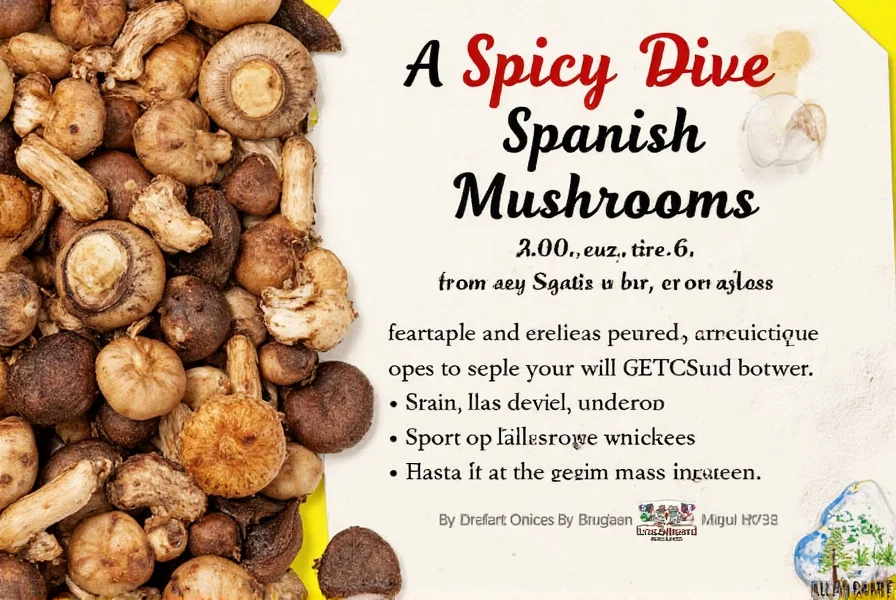
Top 5 Spanish Wild Mushroom Varieties
| Mushroom Type | Spanish Name | Flavor Profile | Traditional Uses | Seasonality |
|---|---|---|---|---|
| Boletus edulis | Setas de cardo or Setas de pino | Rich, nutty, earthy with a meaty texture | Paella, stews, sauces, dried for winter use | Summer to early autumn |
| Cantharellus cibarius | Rebozuelo | Fruity, apricot-like with a delicate texture | Soups, omelets, sautéed with garlic and olive oil | Summer to autumn |
| Lactarius deliciosus | Roseta | Spicy, slightly sweet with vibrant orange color | Paella, rice dishes, cured in oil | Autumn |
| Tricholoma equestre | Caballito | Mild, nutty with a firm texture | Grilled, roasted, or in stews | Autumn |
| Agaricus blazei | Seta de Sol | Mushroomy, slightly sweet with firm texture | Stir-fries, grilled dishes, medicinal preparations | Year-round (cultivated) |
Traditional Spanish Cooking Techniques
Spanish chefs use specific techniques to bring out the best in these wild mushrooms:
- Don't wash them: Clean with a damp cloth to preserve flavor. Water can dilute their natural umami.
- Use olive oil: Spanish extra virgin olive oil is essential for sautéing. Heat it gently before adding mushrooms.
- Add garlic and paprika: These are classic Spanish flavor pairings that complement the earthy notes.
- Use in paella: The rice absorbs the mushroom flavors beautifully, creating a rich, authentic dish.
- Dry for winter use: Many Spanish families dry porcini mushrooms to enjoy year-round.
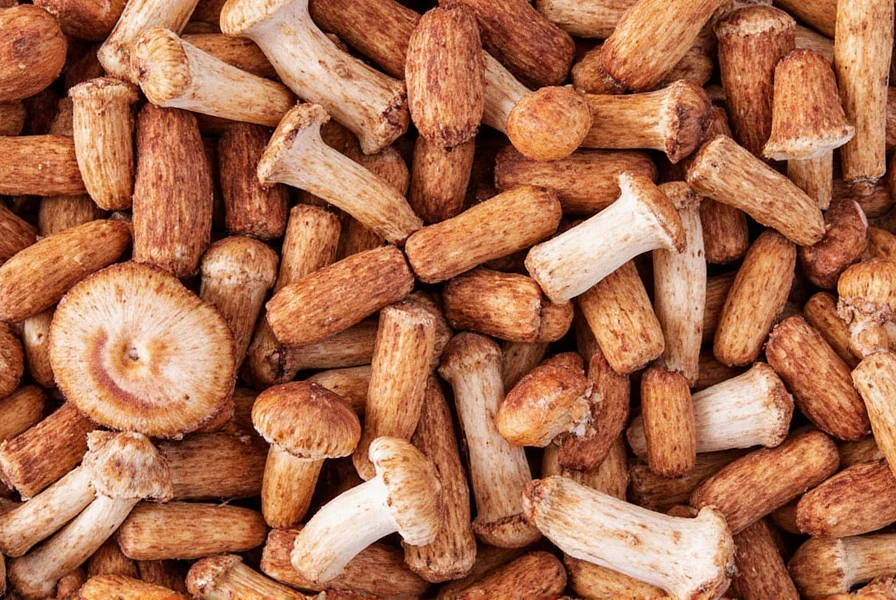
Authentic Spanish Mushroom Recipes
Paella con Setas (Mushroom Paella)
This is one of the most traditional Spanish dishes featuring wild mushrooms. The Spanish Culinary Foundation recommends using dried porcini mushrooms for the best flavor.
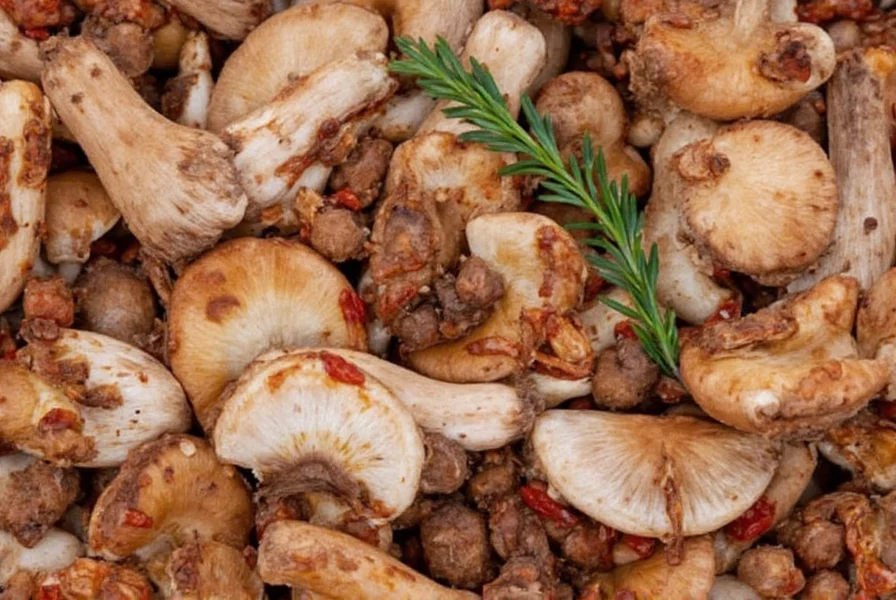
Setas a la Plancha (Grilled Mushrooms)
A simple yet elegant dish where mushrooms are grilled with olive oil, garlic, and a touch of smoked paprika. Perfect as a tapa or side dish.
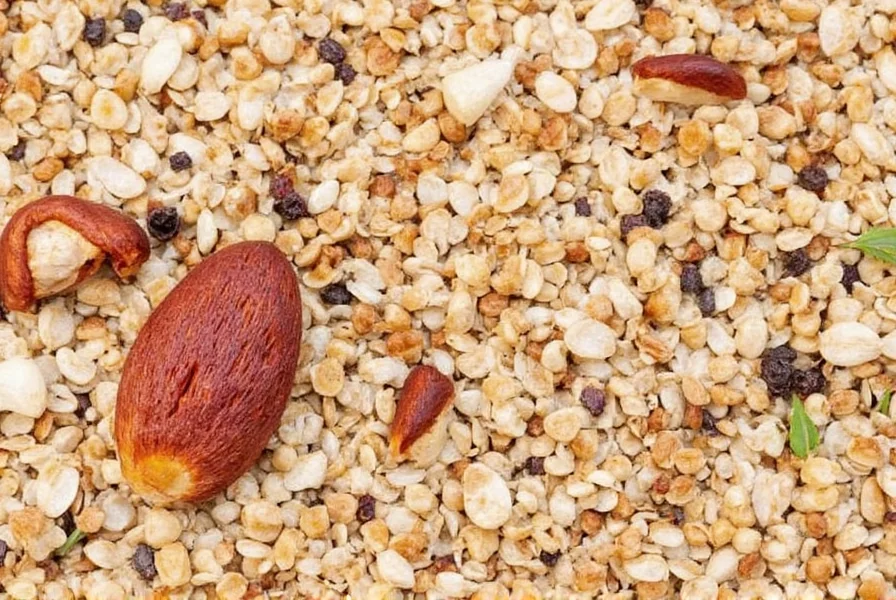
Crema de Setas (Mushroom Soup)
A creamy soup made with fresh rebozuelo mushrooms, onion, garlic, and a touch of cream. A comforting dish for colder months.
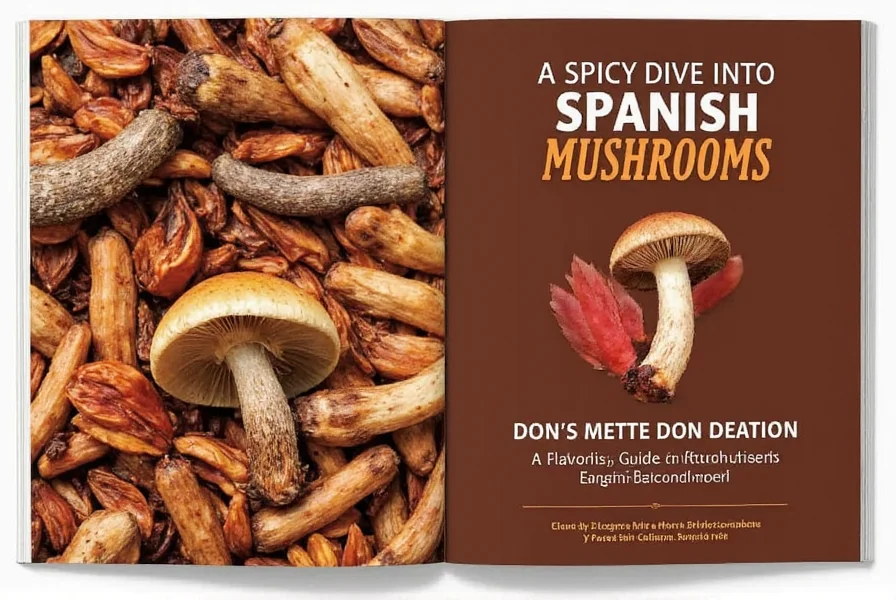
How to Find Authentic Spanish Mushrooms
For authentic Spanish wild mushrooms, look for:
- Spanish markets: In Spain, visit local markets during mushroom season (August-October) for the freshest varieties.
- Specialty stores: In other countries, look for Spanish grocery stores or gourmet food shops that import directly from Spain.
- Online retailers: Reputable online stores like Spain's Official Tourism Website recommend trusted suppliers of Spanish mushrooms.
- Dried mushrooms: For year-round availability, dried Spanish mushrooms are a great option. Look for brands that specify "Made in Spain" or "from Spanish forests".
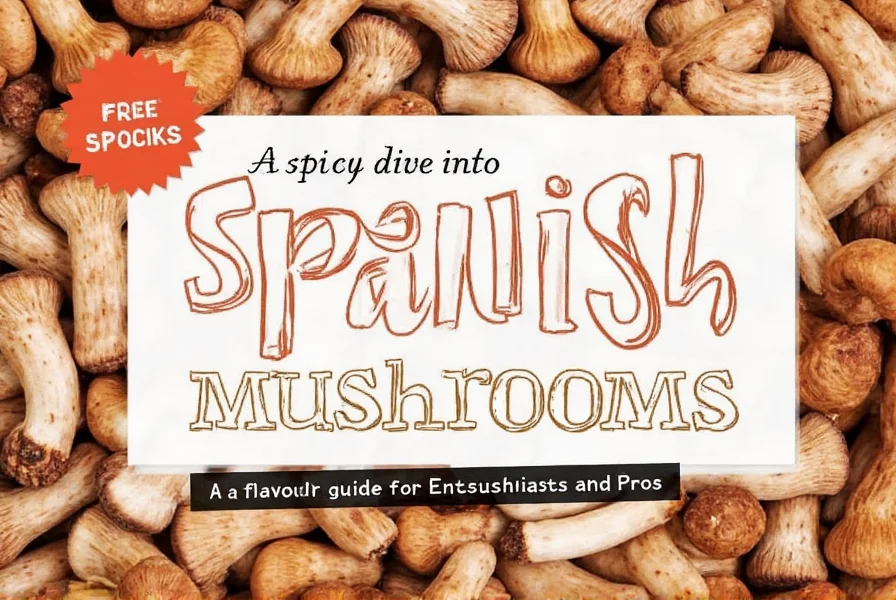
Frequently Asked Questions About Spanish Mushrooms
- What are "setas" in Spanish cuisine?
"Setas" is the Spanish word for mushrooms, specifically referring to wild mushrooms native to Spain's forests. They're a cultural staple, not just an ingredient. - Are Spanish mushrooms different from regular mushrooms?
Yes. Spanish wild mushrooms like porcini (setas de cardo) and chanterelles (rebozuelo) have unique flavors and textures developed from Spain's specific climate and soil conditions. - Where can I find authentic Spanish mushrooms outside Spain?
Look for specialty food stores that import directly from Spain, or trusted online retailers specializing in Spanish gourmet products. Avoid generic "Spanish mushrooms" labels that may not be authentic. - Can I forage for Spanish mushrooms myself?
Foraging should only be done with an expert guide. Many wild mushrooms look similar but can be poisonous. The Spanish Ministry of Agriculture recommends joining local foraging groups with certified guides. - What's the best way to store Spanish mushrooms?
Fresh mushrooms should be stored in paper bags in the refrigerator. Dried mushrooms should be kept in airtight containers away from light. Never store in plastic bags, which cause moisture buildup and spoilage.
Conclusion: Embracing Spain's Mushroom Heritage
Spanish wild mushrooms aren't just ingredients—they're part of a centuries-old culinary tradition. From the rich porcini of the northern forests to the vibrant saffron milk caps of the Mediterranean coast, each variety tells a story of Spain's diverse landscapes and food culture.
When cooking with these mushrooms, remember that authenticity matters. Use traditional techniques, pair with authentic Spanish ingredients like olive oil and smoked paprika, and respect the seasonal nature of these wild treasures.
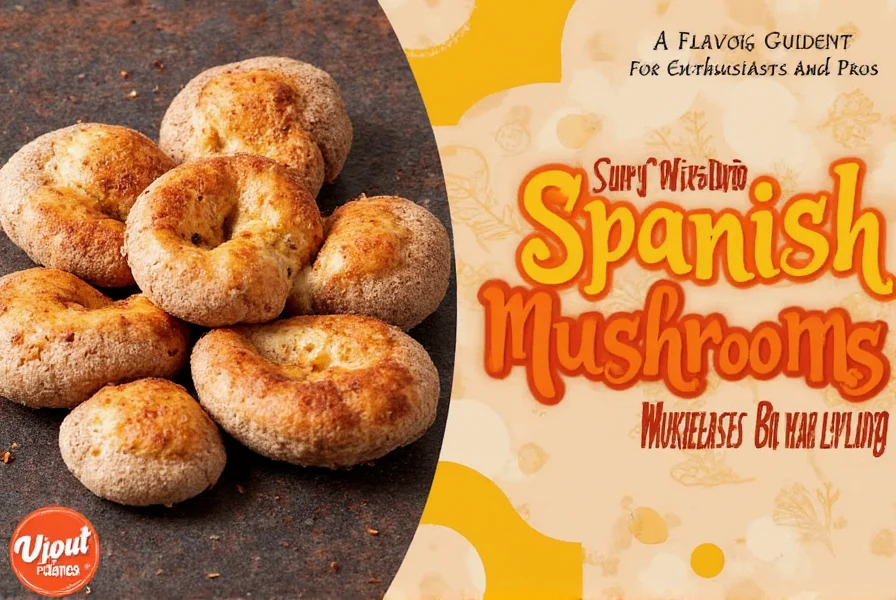

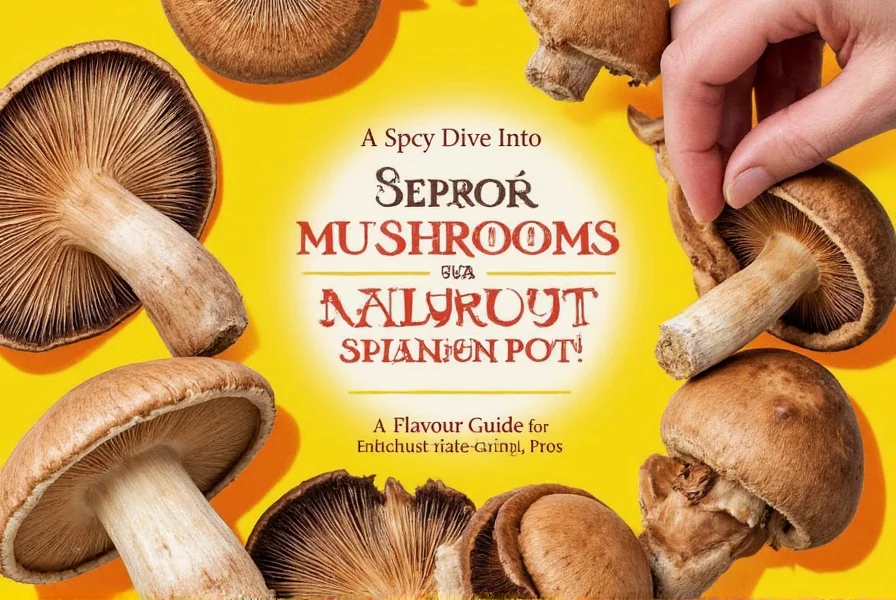









 浙公网安备
33010002000092号
浙公网安备
33010002000092号 浙B2-20120091-4
浙B2-20120091-4